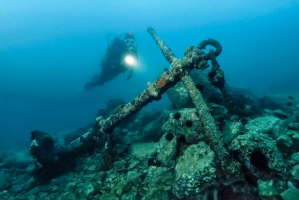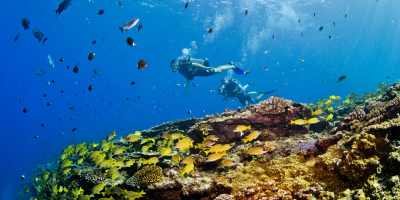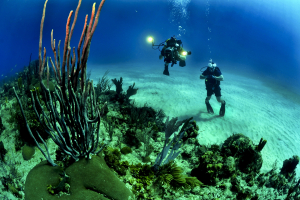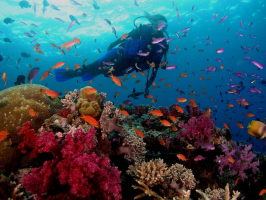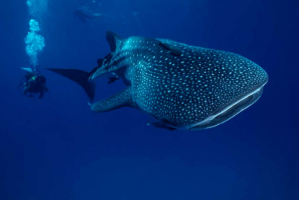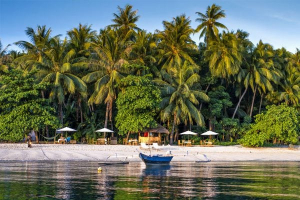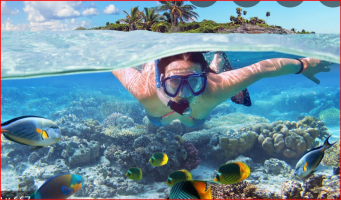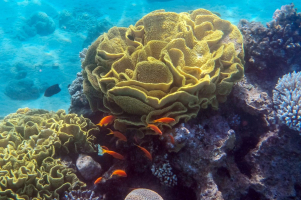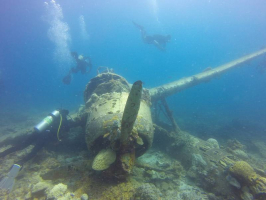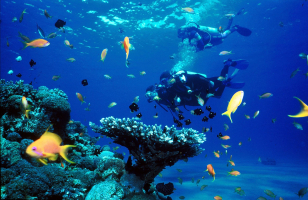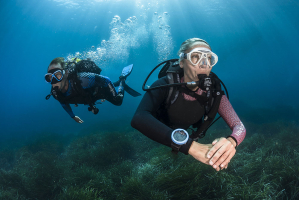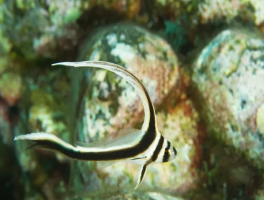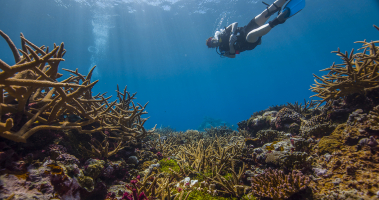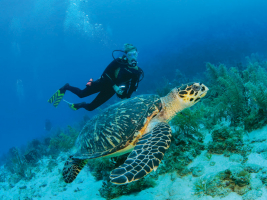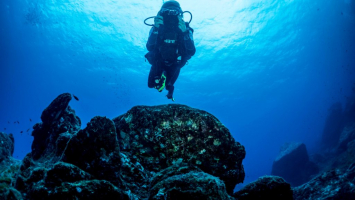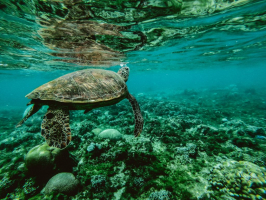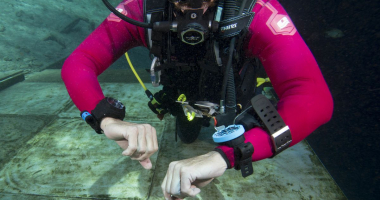Top 7 Best Diving Sites In Timor-Leste
Due to its position, mild waters, low tourist trade, and lack of commercial fishing or heavy industry, Timor-Leste boasts some of the top dive locations in the ... read more...world. According to a Marine Megafauna Surveys in Timor Leste from June 2009, Timor is surrounded by deep water that supports a plethora of coral and fish life, including the annual passage of whales through the Ombai Strait and Wetar Strait. Listed below are some of the best dive sites in Timor-Leste, but if you are daring or have access to a boat, there are numerous more.
-
Seal Rock Maubara is a great dive with easy access, but there are dangerous currents in all directions, including a strong downward/northerly current. This dive is classified as an advanced adventure dive for experienced divers until further data is obtained. It ranks as one of the best diving sites in Timor-Leste. Gloves and safety marker buoys are very important. Given the possibility of abrupt changes in the situation, tight buddy teams and conservative diving well under no-deco and minimal air restrictions are also recommended. A backup boat would be ideal. Before entering, take a close look at the water's surface.
Drive 1.2 km west from Maubara Fort and look for the enormous seal-shaped rock on the right. On the road, park. Prepare at the car, negotiate a low wall, and proceed straight into the rock on each side. Although an easy entry at first, the coral is extremely close to the surface at low tide, so fin up or dive during high tide.
The slope begins softly, then soon drops to 30 meters or more. Follow the shoreline to discover beautiful coral gardens full of "bombies" and other species such as bat fish, nudibranchs, flute fish, lobsters, and more. There's lots to view on the west side of Seal Rock, both at depth and in the shallows, but keep in mind the safety concerns mentioned earlier. The east side has yet to be explored as of June 2012.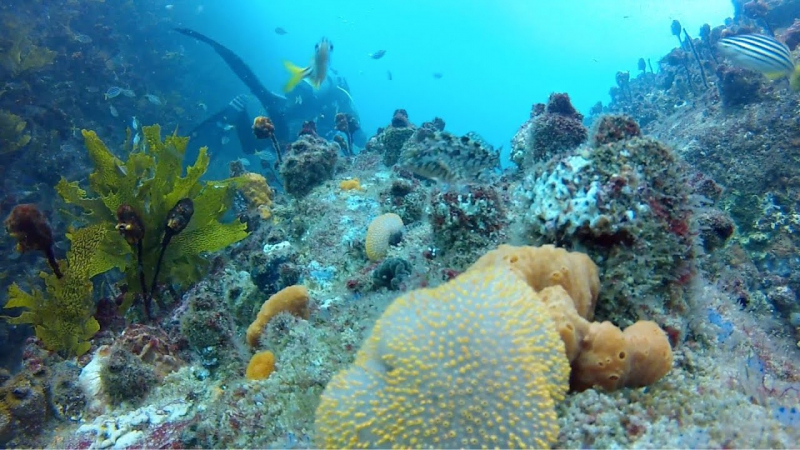
https://www.youtube.com/ 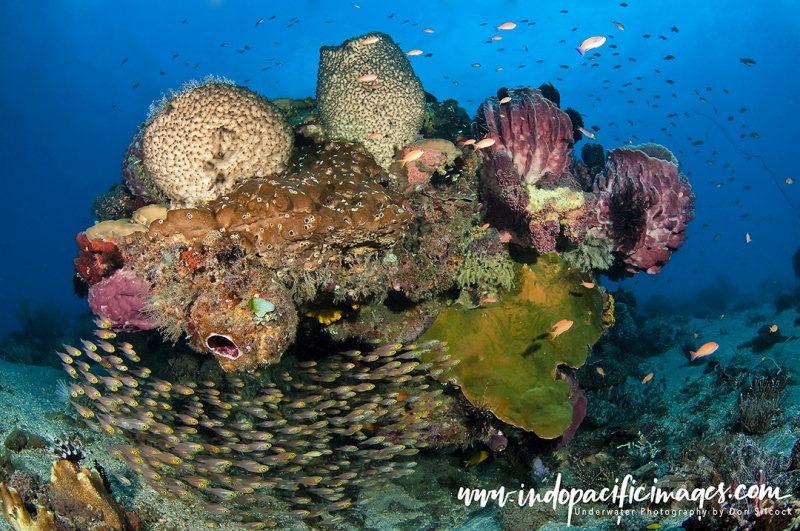
https://vymaps.com/ -
One of the beach dive spots east of Dili is Secret Garden. This dive site is popular due to its modest, but excellent and attractive sponge garden, which is home to purple anthias and silvery glass fish. It is aslo one of the best diving sites in Timor-Leste.
The spot has little strong current but excellent visibility almost all year. The place is notable above water for its one mangrove tree. At low tide, it appears high and dry, yet at high tide, it is partially submerged.
Secret Garden, or Secret Spot as it is also known, is located around 35 kilometers east of Dili. However, you will need a guide because it is located just off the coast road, down a little dirt road concealed behind a grove of palm palms.
The site features a very long access that either requires wading out across shallow water if the tide is in or a long walk if the tide is out. Walking out across the pebbles and coral rubble to deeper water if the tide is out. Once submerged in the sea, you should proceed straight down the sandy slope. You have the option of turning west or east when you reach the short wall. However, the sponge garden is located west... Overall, Secret Garden is a very enjoyable dive with plenty to explore!The dive site is good for both fish action and macro divers, since encounters with sweetlips, snappers, jackfish, and mobula rays (frequently seen in big schools) are regular. Octopus, nudibranches, scorpionfish, and ghost pipefish are all common residents of this area. Due to rough water conditions, it can be difficult to reach during high season.
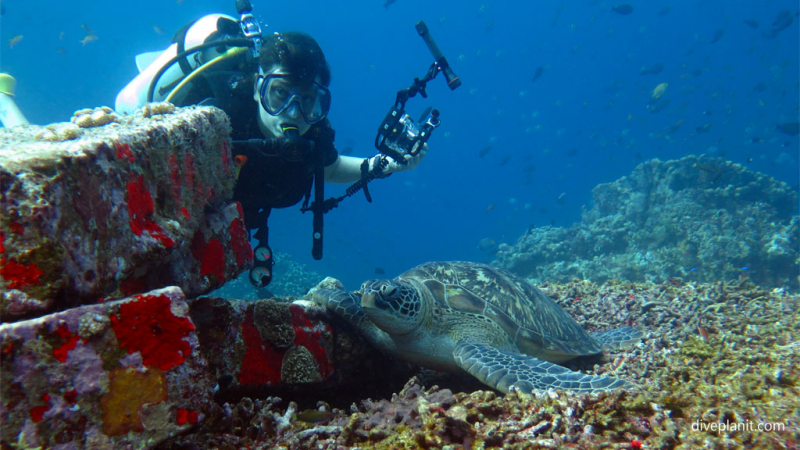
https://www.diveplanit.com/ 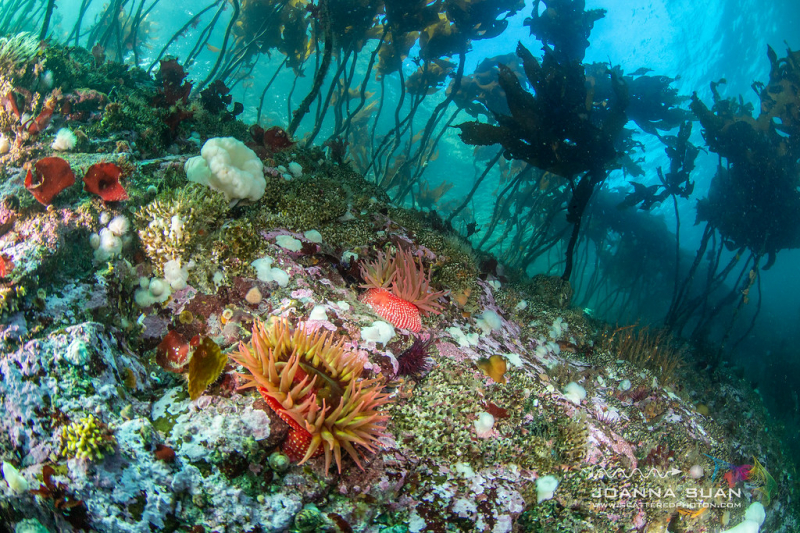
https://www.flickr.com/ -
K41 is a popular destination for divers, snorkelers, and picnickers alike. K41, as its name suggests, is 41 kilometers from Dili. If you swim to the right, you'll find a shallow wall that leads to a very deep slope rich with sponges, corals, and colorful fish. The light and visibility are usually excellent, and there are several animals such as Leaf Scorpion fish, Winged Pipefish, and nudibranchs, as well as magnificent coral, to be found along the dive. It's simple to enter and exit at any time. As a result, if at all possible, dive the site during the week.
The place has a mix of animals that live in the sand and coral cover. On the East side of the site, there is a lovely wall where all kinds of creatures come out at night to play. Of all the sites near Dili, this is perhaps the best night dive location. The zebra anemone and the parrotfish are two amazing creatures to see at night. During the day, the anemone is closed up, but at night, it opens up and spreads its tentacles to collect food particles as they pass by. The parrotfish hide in the coral's nooks and crannies, forming a slime sphere at the entrance to act as a danger detector. When a possible predator comes into contact with the slime, the parrotfish wakes up and flees. You can sneak up on the fish and photograph them if you are very quiet and do not move too much.
K41 is accessible from the rocky shore, and once underwater, it offers a diverse range of sights. From banded pipefish to pelagics like barracuda that arrive from deeper offshore seas.
It's also known to be a wonderful spot to see dugongs in the sea grass beds off the main wall. Although strong currents might be encountered as you follow the wall out, K41 is a safe and entertaining dive overall.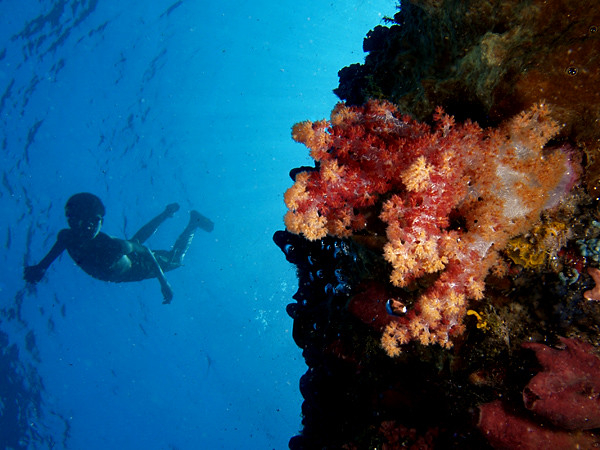
https://www.flickr.com/ 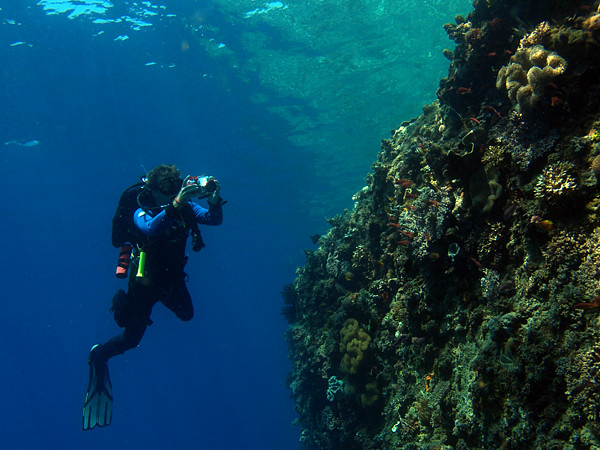
https://www.flickr.com/ -
Bobs Rock is a large sandy stretch with giant Garden eels and a shallow colorful wall that descends to 12 meters before ending in a steep slope. Anemone Shrimps and Nudibranchs hide near the bottom, while Snappers, Butterflyfish, and Sweetlips cover the wall. Pipefish, Scorpionfish, and eels can be found in the fissures. This dive spot is easily accessible at any time from the shore. Another popular dive spot among local divers and snorkelers is this one. As a result, if possible, dive during the week. The rock on the side of the road with 'Bob' written on it will let you know you've arrived.
At Bob's Rock, you can witness ghost pipefish and commensal shrimps, among other little creatures. A big colony of garden eels can also be approached gently in around 7m of water near the site's main entry point. Turtles, flying gurnards (Dactylopteridae), feather duster worms, puffers, clowns, and crabs, butterfly-fish, bat-fish, lions, clams, scorpion fish, and a "garden" of garden eels at around 7 m near the entry site — sit well back and stay still to watch these fascinating eels feed.
There are also a slew of anemones, each with its own resident clown fish, to lure the underwater photographer to try again for that perfect snap of these continuously moving critters!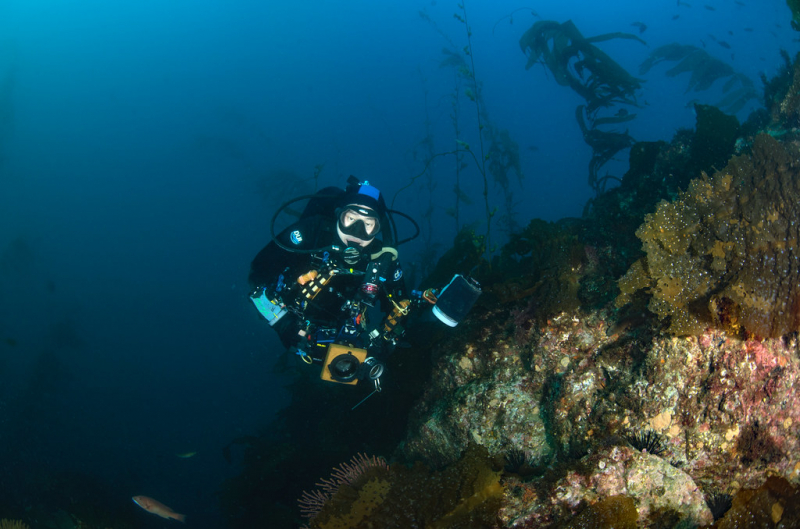
http://diver.net/ 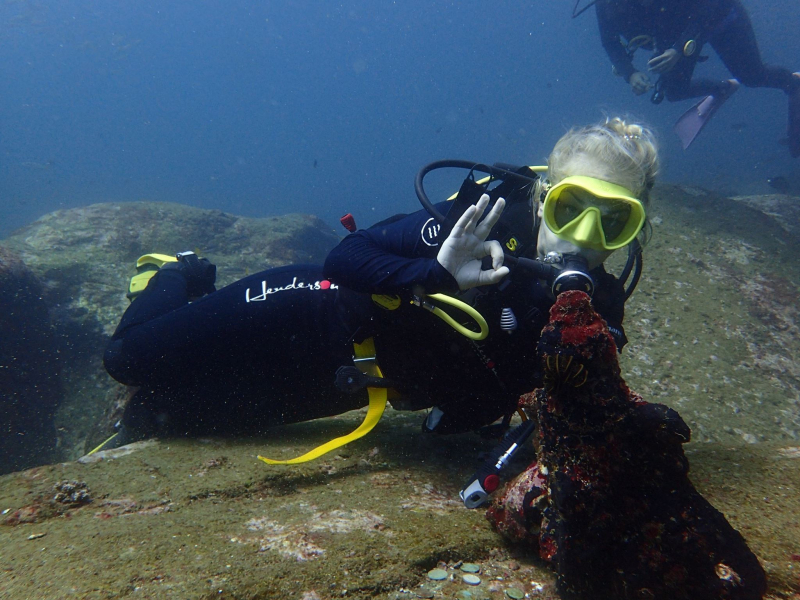
https://www.facebook.com/ -
One Tree owes its lyrical name to the lone tree on the side of the coast road that designates the site, continuing the eloquent tradition started with some of the other Timor Leste locations (like K41...). This spot is considered as one of the best diving sites in Timor-Leste. When the south wind blows, this small protected harbor to the north of the main island provides a sheltered spot; a lovely dive at every level. If the current is modest, you'll see a lot of reef fish, but if it's strong, keep an eye on the ocean because you never know what's cruising by.
The harsh and barren circumstances above water are the polar opposite of what exists below. As One Tree has some lovely and lush bommies to discover. The bommies are a treat to dive, with hard and soft corals, sponges, and schools of anthias darting out into the beautiful blue water.
A short stroll through the sandy bottom leads to the spot. Then venture out to the deeper water and the sites' slopes and short walls. Away from the bommies, the sandy bottom has a variety of things to look and photograph. All of this combines to make Lone Tree an amazing destination well worth the trip from Dili.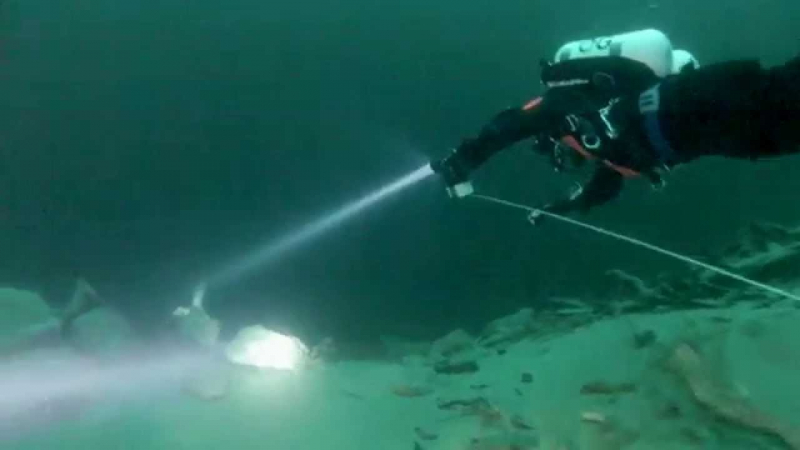
https://www.youtube.com/ 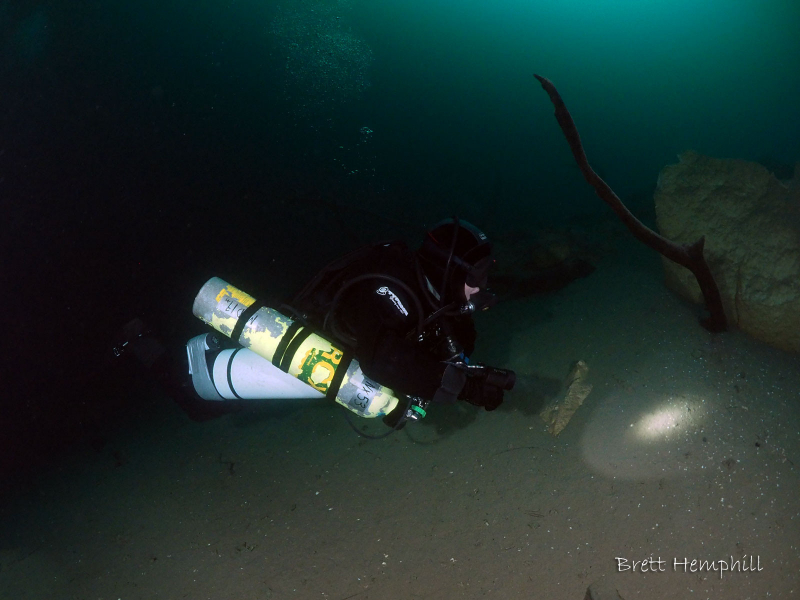
http://scubadivingmelbourne.com/ -
This site, about 50 kilometers from Dili and the last of the locations I dived on the coast route to Manututo, has a more poetic name. The route leading off the coast road is known as Dirt Track. That leads to a grassy area above the short rocky beach that goes to the location. The deep water and strong currents attract an abundance of marine life to this dive location, but the currents can make diving difficult, especially at the easternmost point.
Dirt Track is swept by strong currents underwater, making the place difficult to navigate. But the marine life in those currents is what makes the location so fascinating! Whales (around November) and millions of fish, including nubiranchs and orangutan crabs, can often be spotted off the shore of Dirt Track. Barracuda lions, eels, masked batfish, crabs, lions, fusiliers, pipefish, scorpion fish, triggers, black sweet lips, rays, bumphead parrot fish, squid, maori or humphead wrasse, sharks, turtles, and a variety of other huge fish, together with vivid coral, large fans corals, and other large fish At around 20 meters, there's also a pygmy seahorse.
The spot is accessible directly from the rocky beach, and once in deeper waters, you can choose to continue east or west. However, even if there is more to view to the east, the currents are stronger.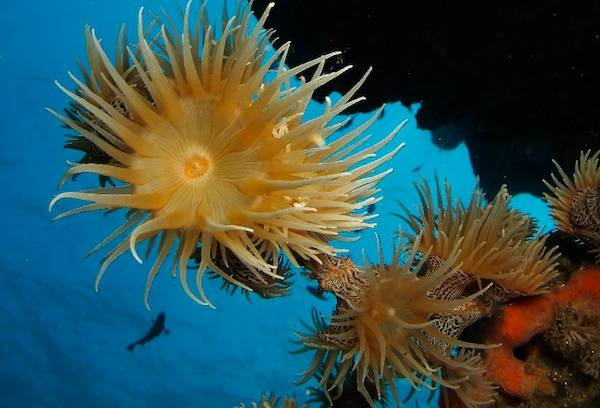
https://divetimor.com/ 
https://divetimor.com/ -
Chimney has a chimney and dramatic walls that reach 40 meters or more. The entrance is rocky and rough, however it has a shorter surface swim to the drop off and chimney than Marble Rock. It ranks as one of the best diving sites in Timor-Leste.
Head out on a 40° bearing to the drop off: Good wall to depths of 40 to 50m, but flattens out above 25m with desolate areas, especially above 11m, therefore best along the line of entry. The swim-through "Chimney" is about 150m from shore, at 340° azimuth from the center of the rocky beach below the tiny tree. A lovely sandy area at the top of a sandy valley continues in that direction, offering a really nice dive profile gradually falling to 18m, around 30° azimuth from the entry point at 5m. From there, head west on the 18m contour until you reach the swim-through, then climb to the top of the wall at 12m and return on a bearing of 160° to the entry/exit point. Further west of the swim-through, there are even more impressive walls and gorges with depths well below 40 meters.
Swim-through coral chimney and dramatic walls Arothron nigropunctatus (blackspotted/dog-faced puffer), long-nosed butterflyfish, purple spotted jellyfish (potentially venomous), clams, maori wrasse, goatfish, bats There's plenty of coral on the walls and fish, but it's not swarming. Beautiful topside parking space with breathtaking views of the sea and mountains.
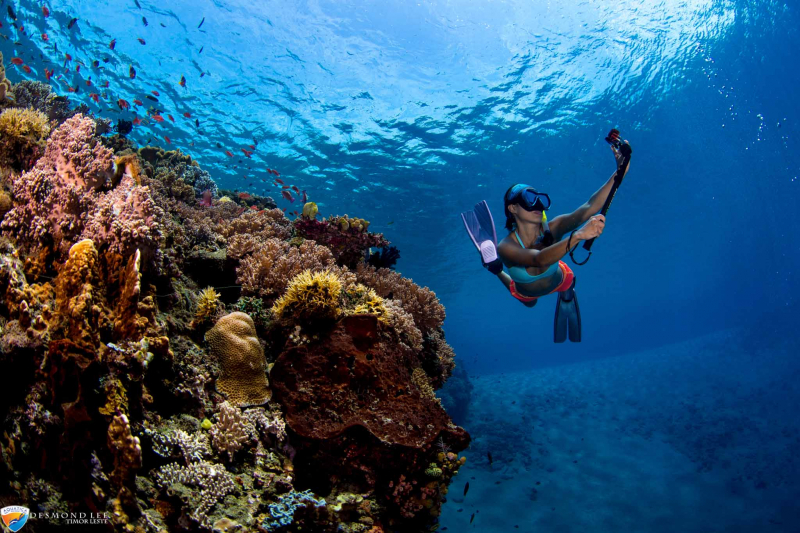
https://aquaticadiveresort.com/ 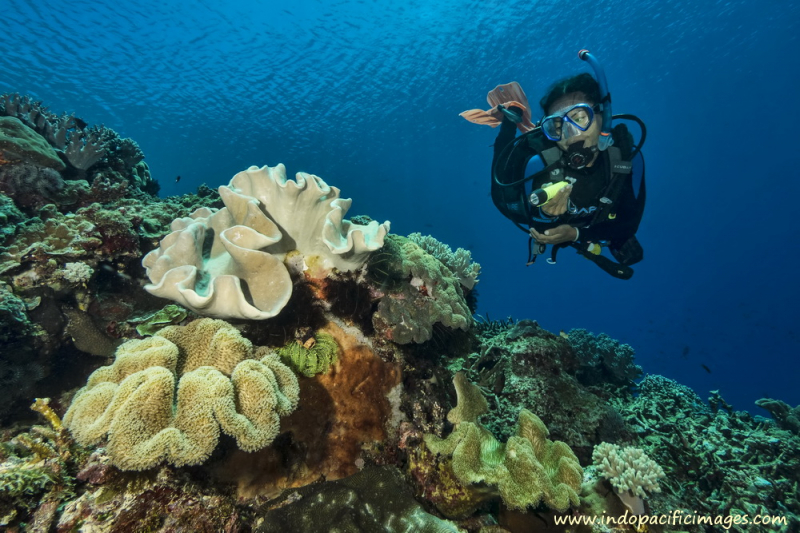
https://indopacificimages.com/










